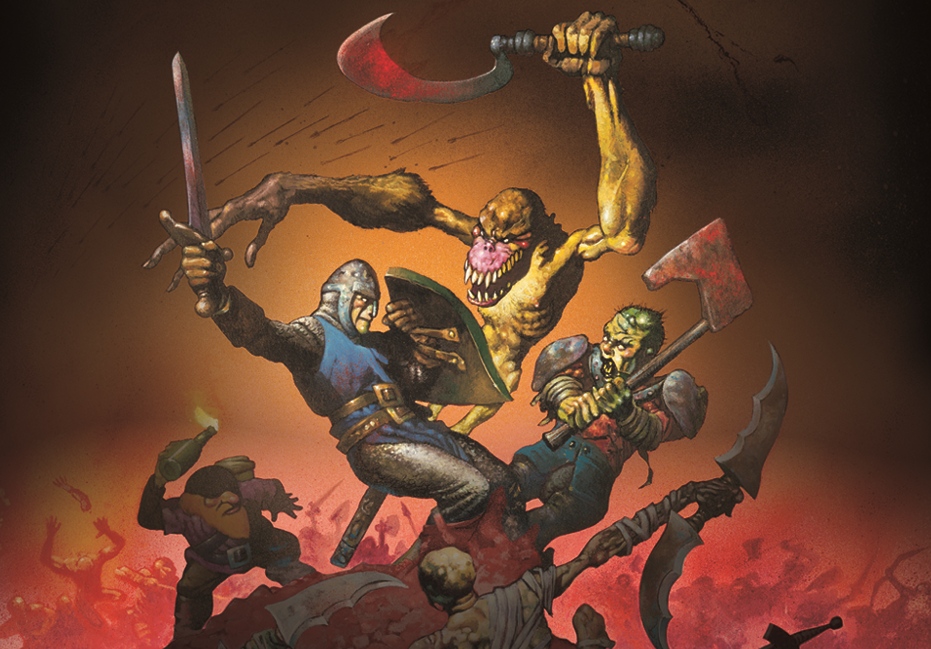This is not the first time I’ve played Halo: Reach. The first time I played it was back in 2013 during my misguided attempt to catch up on the Halo series post-Halo 3, when I played through ODST, Reach and Halo 4 in quick succession. I didn’t like ODST much, though I will admit it is infinitely better than the staggeringly awful Halo 41. I did quite like Reach, however; it wasn’t up to the standards of the original Halo trilogy, but it at least didn’t go out of its way to break the fiction-gameplay relationship like ODST did, and it didn’t replace the Covenant with an incredibly uninspired race of Generic FPS Baddies called Prometheans like Halo 4 did. Instead it focused solely on what the series has done best: punchy FPS combat against waves of well-designed enemies whose AI meant that you had to get somewhat tactical in order to survive. Reach at least qualified as an actual Halo game in my eyes even if there were other things missing that meant I’d put it at the bottom of the pile, and in theory it’s not a bad game to kick off the series’ long-overdue return to the PC platform.
- Which itself is somehow better than Halo 5, whose singleplayer campaign tunnels all the way through the depths of “staggeringly awful” and plummets straight into the hellfires of “indescribably bad”. ↩







